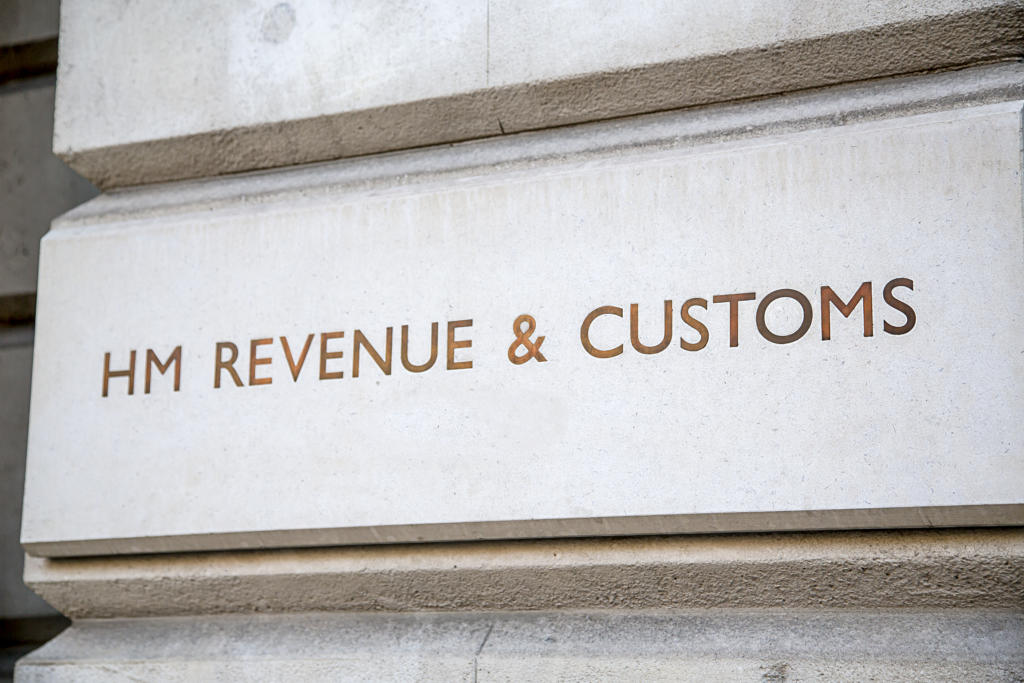
Introduction
With economic uncertainty on the rise and the legal landscape changing more than ever before, sometimes the most minute of details can mean a different outcome. As demonstrated by the case above, the wording of the rights attached to certain shares led to either a 10% or 20% tax liability on a disposal of shares for over £6 million.
Overview
The case concerned the disposal of 396,000 preference shares held by Stephen Warshaw in Cambridge Education Holdings 1 (Jersey) Limited (Company). Mr Warshaw claimed Entrepreneurs’ Relief on the disposal, allowing him to pay capital gains tax at 10% as opposed to 20%. HMRC argued that the preference shares did not amount to “ordinary share capital” and as a result did not entitle Mr Warshaw to the tax relief.
The sole issue between the parties was whether the preference shares held by Mr Warshaw were “ordinary share capital” as defined by s 989 ITA. If they were Mr Warshaw’s total percentage holding would amount to 5.77%, meaning the company would have been Mr Warshaw’s “personal company”, as defined by s 169S(3) TCGA and entitle him to the tax relief. If they were not classed as “ordinary share capital”, Mr Warshaw’s total shareholding would only have amounted to 3.5% and not meet the requirement of 5% required for the company to be classed as his ‘personal company’ and therefore make him liable to the higher 20% tax rate.
The Shares
The preference shares were defined in the Company’s articles of association as “the 10 per cent cumulative preference shares of £0.01 each in the capital of the Company”. Article 2.4(A) goes further and defines the preference dividend as the following “each preference share shall have a right to a fixed cumulative preferential dividend which shall accrue on a daily basis from the dividend commencement date at the rate of 10 per cent per annum on the aggregate of (i) the subscription price of such preference share and (ii) the aggregate amount of preference dividend that has previously compounded on each anniversary of its dividend commencement date to the extent not previously paid”.
Therefore the key definition considered was the definition of “ordinary share capital”. This is defined in s. 989 of the Income Tax Act 2007 as “all the company’s issued share capital, other than capital the holder of which has a right to a dividend at a fixed rate but have no other right to share in the company’s profits”. Therefore, if the preference dividend as defined in the articles gives a right to a dividend at a fixed rate the shares will not be included as ordinary share capital.
Decision
As the preference shares were cumulative, if there were insufficient reserves to pay the dividends in respect of those shares in a particular year, payment was deferred to a subsequent year. Therefore, the rate at which the dividend would be paid, 10%, would be calculated on an increased amount. HMRC contended that as the rate at which the dividend was paid remained fixed at 10%, there was a right to a dividend at a fixed rate even if the base in respect of which it was paid (the compounded element) varied. Mr Warshaw, however, argued that because the rate of dividend is calculated by reference to any previous unpaid dividends, the preference shares did not have a right to a dividend at a fixed rate.
The court accepted that the issue is not to be determined on the basis of what dividends actually accrue to those shares or what actually happened but rather depends on the rights accorded to those shares in the Articles of Association. The courts concluded that the relevant question is whether it was possible that dividends would accrue other than at a fixed rate and that in the present case they would. Mr Warshaw’s counsel put to the court that because the rate of dividend is identified by looking at the entire dividend as a proportion of the share capital, i.e. both the percentage element and the compounded amount to which it is applied, the rate is not fixed.
The court ruled in favour of Mr Warshaw and granted his appeal. Agreeing with the previous decision in Tilcon v Holland and the need to take into account both the percentage element and the amount to which it is applied to identify the rate of the dividend. Accordingly, if, as in the present case, at the time the preference shares are issued the Articles of Association provide that only one of these, the percentage element, is fixed and the amount to which that percentage is to be applied may vary, those shares cannot be regarded as having a right to a dividend at a fixed rate and are therefore ordinary share capital as defined by s 989 ITA.
Having concluded that the preference shares held by Mr Warshaw were “ordinary share capital” it follows that the company was Mr Warshaw’s ‘personal company’ and that, as such, he was entitled to entrepreneur’s relief on the disposal of those shares, saving himself from liability to an increased tax bill of £1,158,915.52.
Conclusion
In conclusion, always consider carefully the exact wording and rights attached to any shares that you have for both immediate implications (dividend entitlement) and broader reaching obligations (tax liability on disposal). As of the 29 October 2018, the eligibility for entrepreneur’s relief has narrowed. Entrepreneur’s relief is now only available to individuals who have held their shares for two years or more previous to their intended disposal date highlighting the importance of always seeking professional advice as early as possible to ensure you are in the best position.